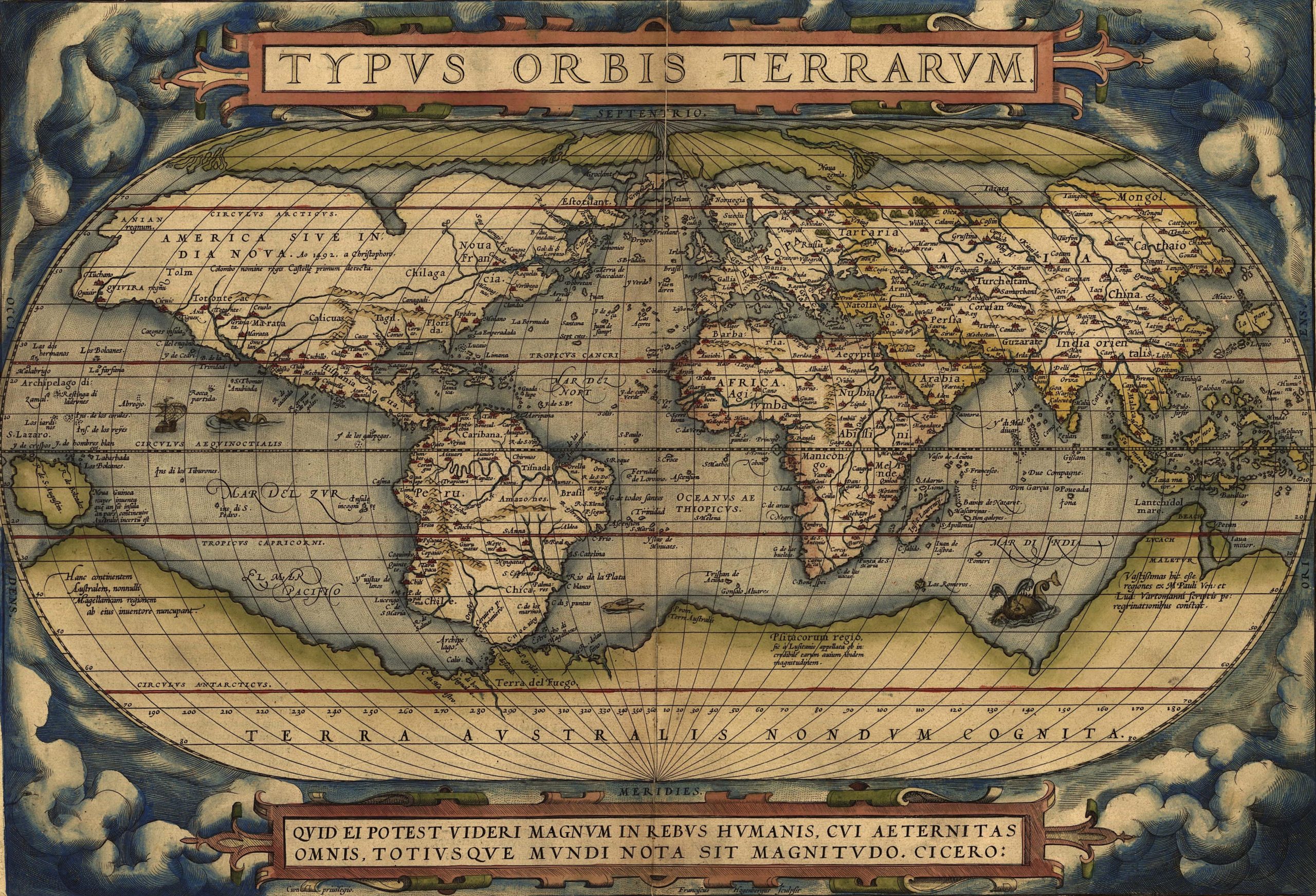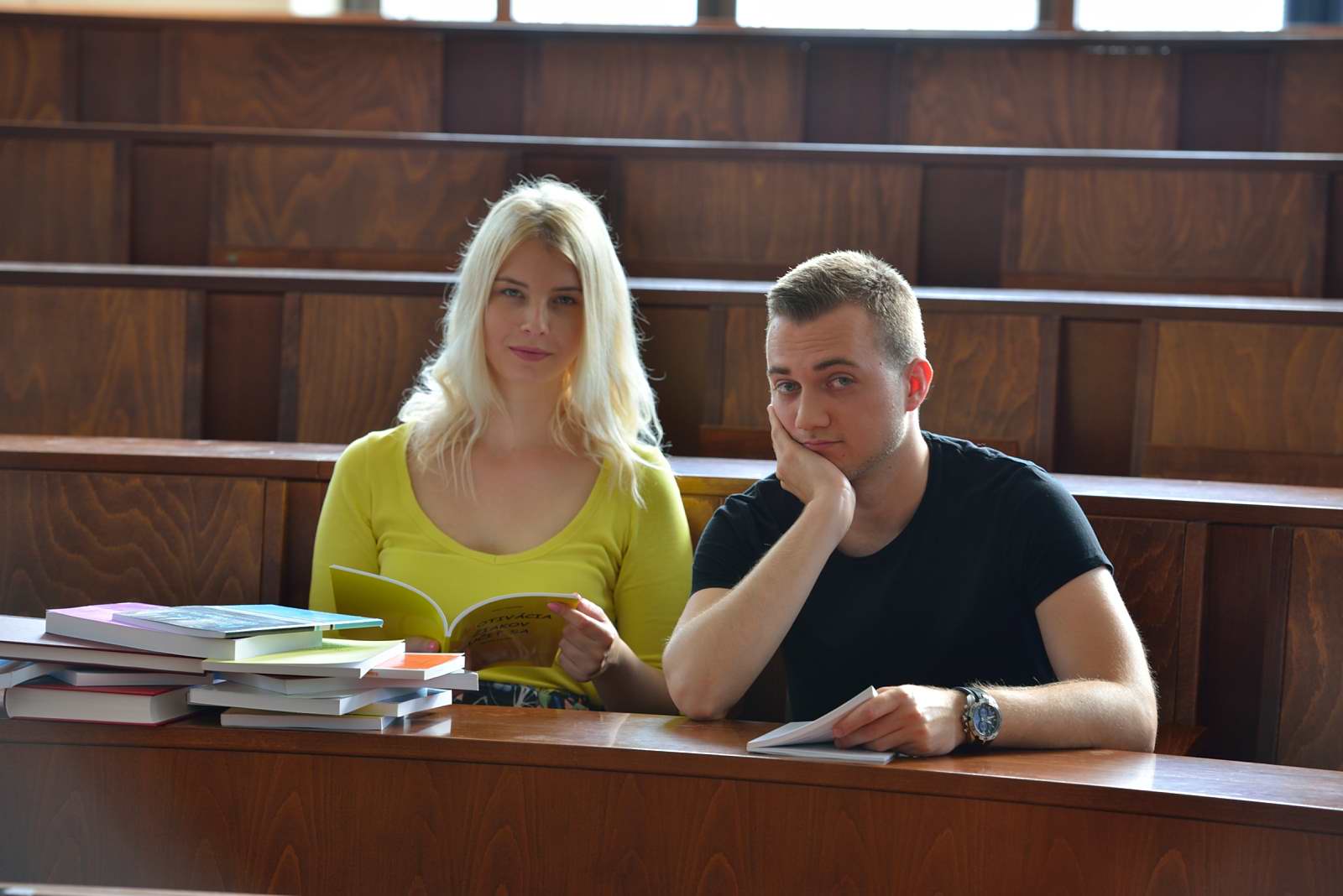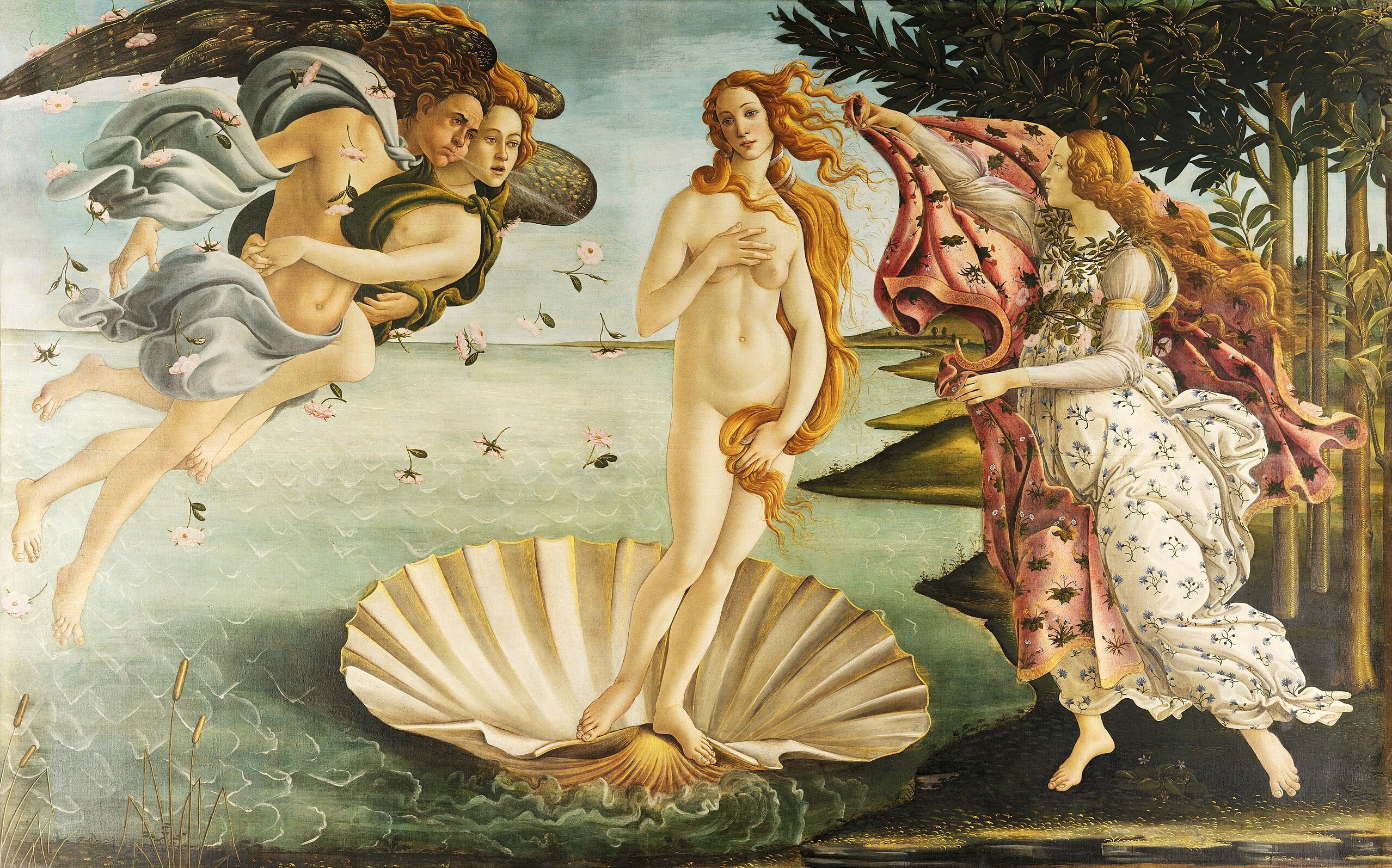Archives
- Home
- Event Page 37

Playgrounds
This content is accessible to paid subscribers. To view it please enter your password below or send mike@standardsmichigan.com a request for subscription details.
“Breakfast Club” 1985 Universal Pictures
A message from the 1980s:
“You know the 80s miss you, right?” pic.twitter.com/olapKlSy0W
— Brian Roemmele (@BrianRoemmele) August 21, 2025
Nourriture Été
I will never fail to be utterly amazed that these flavours come from soil, and sunlight and rain. pic.twitter.com/qTMx8jh8Zx
— Holly Vickery PhD (@SkylarkHolly) July 27, 2024
Overview of codes and standards relevant to the food service enterprises in K-12 schools, college and university student housing, athletic venues and university-affiliated healthcare systems.
Elevators & Lifts
You know you're looking at artistry when an elevator has an armchair inside. pic.twitter.com/UGNhm7GTT6
— Fascinating History (@Fascinate_Hist) August 19, 2025
|
Going Up: Uncovering the Art Deco Elevators of Landmarked Building Interiors Architectural Digest: Why The Chrysler Building is a New York City Icon |
Many education communities have 100’s of elevators and escalators. This is a difficult space for driving costs down
(because of strong manufacturer and labor presence) but we will give the “old college try”
Eric and Shari Schlesinger met in Hardwick’s elevator on move-in day in 1972, leading to a 42-year marriage.@TempleUnivhttps://t.co/3QTh51f4JB pic.twitter.com/Ek5vD9s5lF
— Standards Michigan (@StandardsMich) January 17, 2023
Normalize bringing your baby with you.🤍 pic.twitter.com/qztfkDpCo7
— Clare Anne Ath (@clareanneath) December 11, 2024
Hello World!
“Own only what you can always carry with you: know languages, know countries, know people.
Let your memory be your travel bag.”
— Aleksandr Solzhenitsyn (From “The Gulag Archipelago”)
Today we explain our collaboration with other education settlements in the US and other nations. We conform to participation requirements set by ANSI US Technical Advisory Groups to the International Organization for Standardization but we also have liaison with other universities in the European Union who conform to the participation requirements of their own national standards bodies.
Use the login credentials at the upper right of our home page. Because a great deal of content is copyright protected by the International Electrotechnical Commission, International Organization for Standardization and International Telecommunications Union.
New Modern Methods of Construction Toolkit from the NSAI!
For helpful guides, practical resources and free tools, access NSAI’s #MMC toolkit for the Irish construction industry at https://t.co/X8zPrOoSaw
In support of the government’s Housing for All strategy, the goal of… pic.twitter.com/Oyyt3LOq6z
— NSAI (@NSAI_Standards) June 26, 2025
17 equations that changed the world pic.twitter.com/69jV97p8mM
— Massimo (@Rainmaker1973) December 21, 2024
d
d
v
Health 400 | OB-GYN
With emphasis on OB-GYN because educational settlements are where families begin and grow among the young.
Many research universities have large medical research and clinical delivery enterprises that provide significant revenue. We periodically scan public consultations for literature that sets the standard of care for the facilities and technologies in these enterprises in education communities.
New update alert! The 2022 update to the Trademark Assignment Dataset is now available online. Find 1.29 million trademark assignments, involving 2.28 million unique trademark properties issued by the USPTO between March 1952 and January 2023: https://t.co/njrDAbSpwB pic.twitter.com/GkAXrHoQ9T
— USPTO (@uspto) July 13, 2023
Standards Michigan Group, LLC
2723 South State Street | Suite 150
Ann Arbor, MI 48104 USA
888-746-3670

















